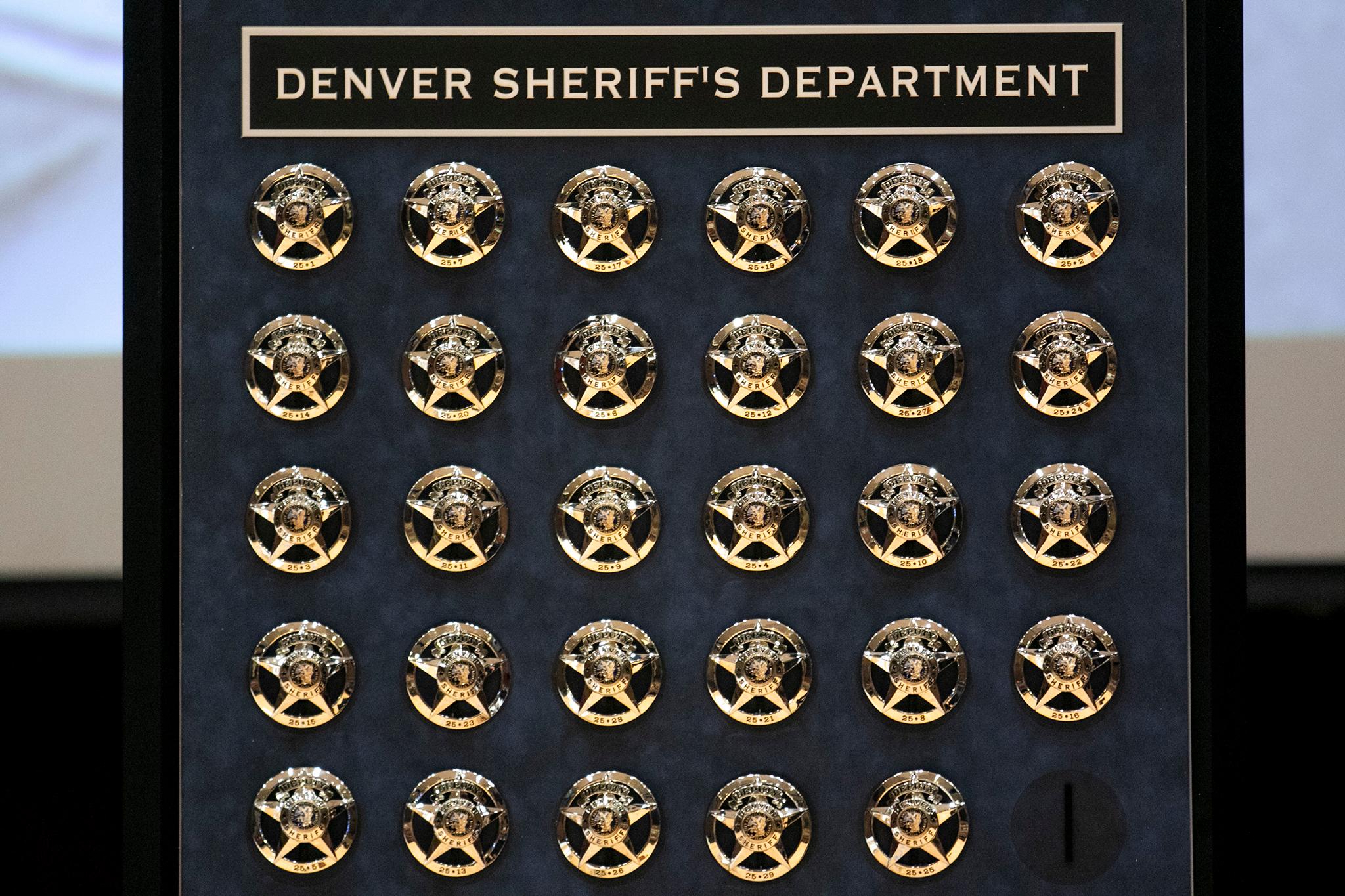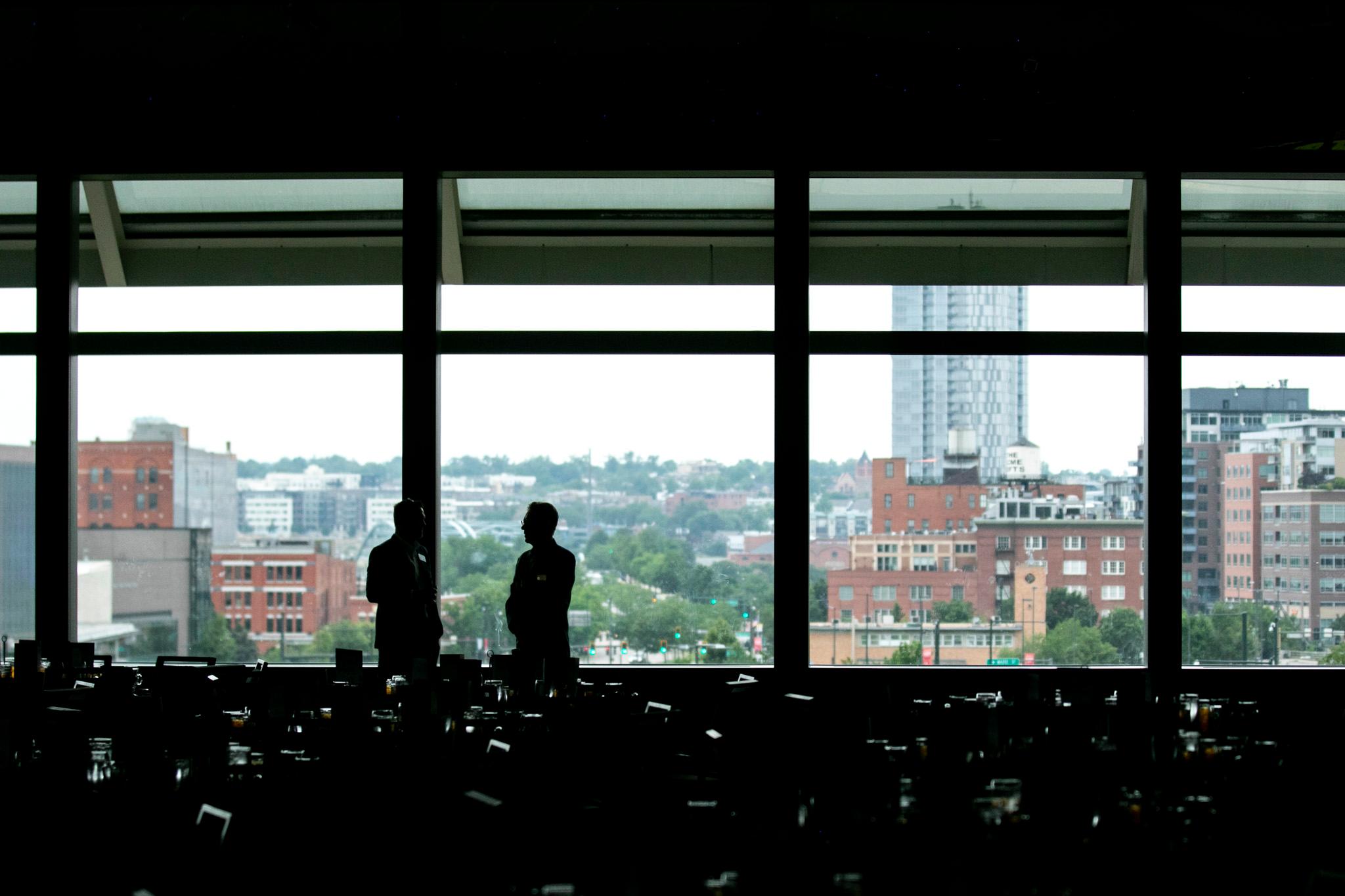
This summer, Denver released its plan to change the city so that by 2030, fatal crashes on our streets could become a thing of the past. It's part of a broader national campaign to make our transportation systems safer for pedestrians, bicyclists, transit riders -- really everyone.
Since Denver is a part of this broader coalition, the Vision Zero Network, it's possible to grade the city on its the draft plan. Get out your red pens -- we're going in.
First, the Vision Zero Network has a list of nine components of a strong commitment to Vision Zero, based on early-adopter cities. Here's how Denver meets or doesn't meet the criteria for a strong commitment, with some comments from Vision Zero Founder and Executive Director Leah Shahum.
1. High-ranking officials commit to zero traffic fatalities - Pass
In February 2016, Denver Mayor Michael Hancock said, "Today, in declaring Denver as a Vision Zero city, we commit to taking a bold approach to creating safer, better streets for people moving throughout our city."
So I think we can call that covered. The mayor did however, fail to put a timeline on when Denver would reach Vision Zero until more than a year later, as Streetsblog Denver noted.
2. Multi-disciplinary leadership to create the plan - Pass
More than five city agencies are listed as partners in the city's planning process. Denver is looking pretty good so far.
3. Vision Zero plan created within one year of initial commitment - Fail
Technically, this part took at least year and a half, as the draft came out in July.
4. Equitable planning and outcomes - Pass
Denver's Vision Zero planning process included a Technical Advisory Committee with representatives from the Office of Disability Rights and the Office of Aging. Overall, the stakeholders are similar to those in other cities like Boston and San Francisco, and so at minimum, you could say there's no obvious omissions in terms of representation in planning.
As far as equitable outcomes go, Denver wants you to know they're thinking about that. Page 28 of the draft plan is devoted to this idea, going so far as to include the word "equity" in big font and a dictionary definition.
Denver also acknowledges in its draft that there are "communities of concern" where fatalities are disproportionately centered.
5. Cooperation and collaboration - Pass
Denver's Vision Zero Coalition, a group that includes Walk Denver and other nongovernmental players, was a part of the TAC as well. The coalition also successfully advocated for slower speeds to be a part of Denver's Vision Zero plan.
6. Systems-based approach - Pass
The Vision Zero network says a systems-based approach is one that focuses "on the built environment, systems, and policies that influence behavior."
Four of Denver's five key actions needed in the plan reinforce those points. The plan seeks dedicated funding, updated policies and procedures for Denver Public Works, speed management, and better data. The fourth action, a safety-education campaign, is less systems-oriented, but the plan promises to approach it in an evidence-based way.
7. Data-driven - Pass
Denver used crash data in order to construct their high-injury network, the five percent of streets in Denver that accounts for 50 percent of traffic deaths. There's also the community survey data from this spring, which will inform future project development, according to the draft plan.
8. Community engagement - Pass
Denver conducted a survey under the auspices of Vision Zero this spring to find out locations of concern that got more than 2,700 responses. As a part of that survey, the city also conducted in-person surveys for Spanish-speakers and those without access to technology. (Denverite crunched those numbers too and came up with eight places that bicyclists don't like riding and five places that pedestrians don't like walking.)
Plus, the city is seeking comment for the current draft action plan.
9. Transparency - Pass
The plan has lots of tables with timelines for when and how action items will get done. That's a good thing.
"Some plans are far too vague and open-ended, and I think it's great that Denver's plan is really clear about what specific outcomes are wanted, what agencies and when they're expected," Shahum said.
The draft plan also calls for a bi-annual progress report, which is also key to transparency. It could be a bit more frequent, though:
"I would suggest regular updates to appropriate bodies like the City Council and mayor, public reports every two to three months in these early years," Shahum said. "You want regular updates, partly to make sure that stakeholders have accountability, but also to keep the community engaged."
Overall - 8/9
Denver's path to Vision Zero seems to be a good one.
A strong commitment is a good set-up for success, said Shahum.
"It's a lot more likely that you're going to see the follow through when you have the very clear actions laid out and timelines and ownership, like you see in this Denver action plan. I think this is a really great example of a good model," she said.
But there are lots of different ways to get to no fatal crashes: road design, enforcement, technology, policies. Is speed a good place to start?
"Without a doubt," said Shahum. "I'm really, really glad to see Denver's action plan call that out and elevate that. ... Simply put, it's the speed that kills."
Statistics from the Federal Highway Administration corroborate that, for one. Plus, case studies from the network point to a 70 percent reduction in fatalities in D.C. after speed-monitor cameras were installed, among other speed-reduction success stories.
Sure, the proof will ultimately be in the pudding. We won't know how well Denver adheres to Vision Zero until the draft plan is implemented and made into action. But it looks like a good start toward the goal of no traffic fatalities.











